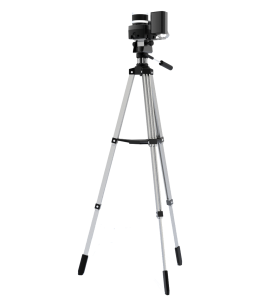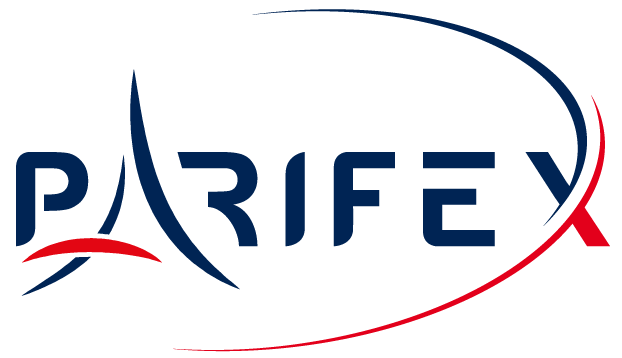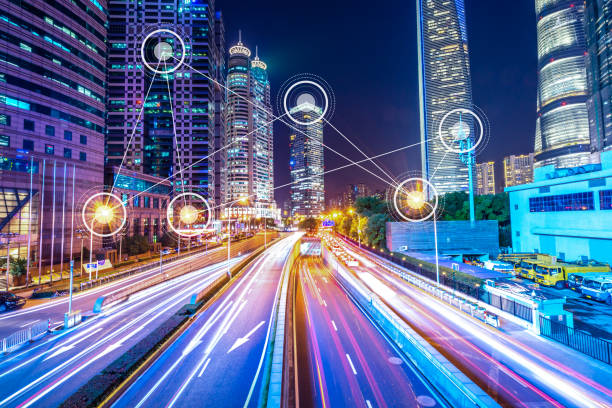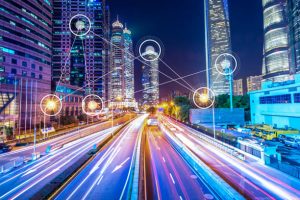Traffic data collection is a key topic for cities and mobility digitalization. According to the United Nations, 68% of the world population will live in a city by 2050*, that is why cities are hurrying up to optimize population flows and provide efficient means of transport. It is time for cities to go forward through innovating environment friendly transport
Collecting data, the first step toward smart city
Data collection is a substantial step to successfully digitalize cities and their urban planning. And precise statistics on mobility services are necessary, such as:
- The daily number of vehicles
- The classification
- The most usual routes…
To make data collection possible, sensors set up throughout the city are able to determine the position of fixed and mobile objects, classify vehicles, measure speed, track vehicles, monitor flows, etc. Unlike a basic camera, a 3D LiDAR based sensor allows a 360-degree analysis during both day and night and in any weather conditions.
The attractivity top challenge
The growing number of inhabitants and vehicles leads to the increase in traffic jams and carbon emissions, and has a direct impact on the urban environment. Urban means of transports have to be reviewed in order to reduce their impact on the environment, health and security and allow city to remain attractive. Cities face up to the both economic and ecological challenge to deploy cleaner public transport in order to improve circulation flows. It is possible to easily regulate the traffic jams and carbon emissions through functionalities such as vehicle counting and tracking and the real time management of red lights. However, a deep analysis of data is obviously necessary to improve urban installations.
Autonomous vehicles rising
A data collection solution is mandatory to deploy autonomous vehicles as well. Systems able to analyze the environment such as the 3D LiDAR based NANO, designed by PARIFEX, allows to optimize routes and security by guiding vehicles in roundabouts or intersections. The 3D LiDAR sensor can detect all the fixed and mobile objects in a 360-degree field of vision and ask the autonomous vehicles for slowing down or stopping guaranteeing safe travel.
Through the NANO-CAM, 
*Comment la mobilité verte va contribuer à la Smart City de demain, Gweltaz Le Coz, La Tribune




